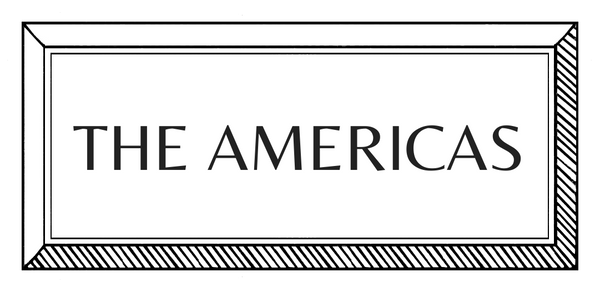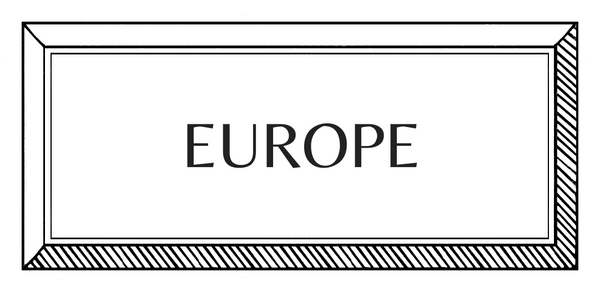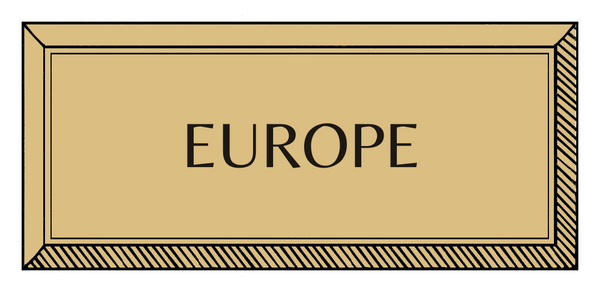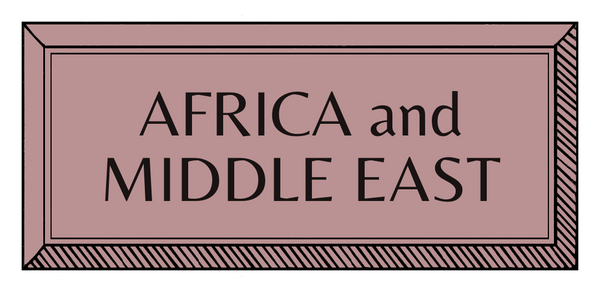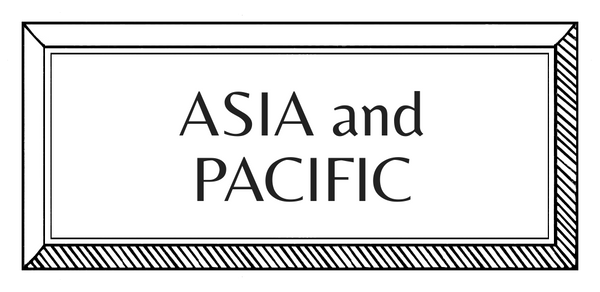MAKERS | EUROPE | ITALY | MULTI-MEDIA
Elena Carozzi | Decorative Painter

“Painting was the language that most belonged to me,” reveals Italian decorative painter, Elena Carozzi. The artist, who lives in the bucolic town of Sarzana, speaks to Sara Pierdonà about her creative upbringing, collaborating with Studio Peregalli, the inspirations that move her and her secret ambition.
How did you begin?
"I come from a family of artists; in particular, my grandfather, Gian Carozzi, was one of the founders of the Manifesto Spazialista in the 1950s, together with Lucio Fontana. Since I was a little girl, it was clear that 'it was in my blood', but I had to go through various techniques and attempts before I realised that my true language was painting. Regarding 'being an artist', I don't think that at some point an epiphany happens and you decide to be one. Rather, I think it becomes inevitable to become aware of this part of oneself, and at that point it is up to the individual to decide whether to indulge or repress it.
How did you learn?
"I owe a lot of what I know to my grandfather. He was a strict man, very upright. He dedicated his entire life to painting, and it was he who passed on to me the work ethic, the importance of dedication. And it was also he who introduced me to those whom I still consider to be my putative fathers: Vuillard, Bonnard, Matisse. "The second fundamental experience was then working with Studio Peregalli. I learned to see details and, more importantly, I learned to visualise my paintings within a room, no longer as isolated entities. And of course I absorbed what is the most profound passage in the method of Mongiardino and his disciples: layering. Layering paintings over drawn wallpaper... for many contemporary artists would be taboo; for me they enhance and reinforce each other."

How do you plan, prepare and create?
"The basic technique is still painting, but used on different surfaces: classic canvases, large wallpapers, tapestries. Recently, I have also approached ceramics. I collaborate with a girl who makes me plates in the shape I want, then I paint them. The common denominator of all these different fields is the attention to colour.
"Another lesson I inherited from Mongiardino is to never be satisfied with the packaged colour that comes out of the tube. Always find the exact shade you want. And after doing so, I make a note of the composition in my 'recipe book', so that I can recreate it in the future (which is crucial, for example, in the case of wallpaper, which requires homogeneity)."
What does a typical day look like?
"I have changed many ateliers. After moving, one feels like standing in front of a blank page. Over time, I have perfected the list of objects I need to surround myself with in order to work well: open books on reference images (I'm afraid I have a bit of a fetish for exhibition catalogues); my colour studies; and branches and dry leaves collected during my walks in the woods. The organisation of tools allows you to waste as little time as possible while working and, ideally, the perfect studio for me is spacious but minimalist."
Who or what most influences your work?
"I do have recurring themes: nature, both as an investigation of detail and as a fascination for the landscape. And another subject I have never abandoned is set tables. The initial inspiration for the tapestries was a magnificent 18th century grass juice belonging to my family, and the fact that I wanted to paint Ouessant Dwarf sheeps, which I had in my garden at the time! In short, inspiration comes from various sources."
One More Thing... An object you’ll never part with?
"My Blackwing pencils, they write beautifully. I buy them in Milan, in the beautiful Bonvini stationery shop. They are famous pencils because apparently several American writers used them, but I prefer them because they are soft and indestructible at the same time."
Interview by Sara Pierdonà
Images from Elena Carozzi










